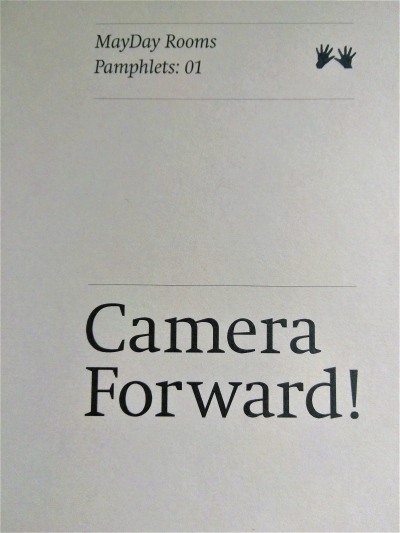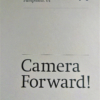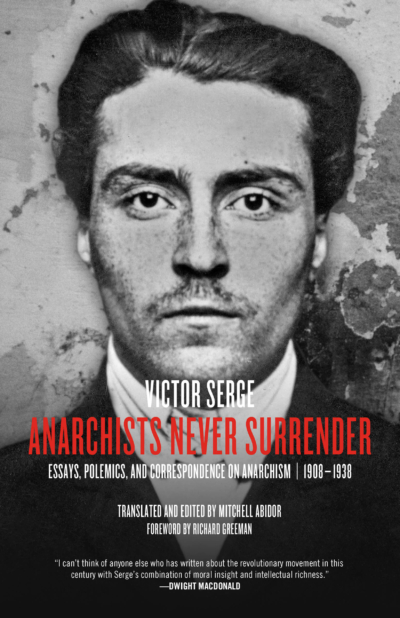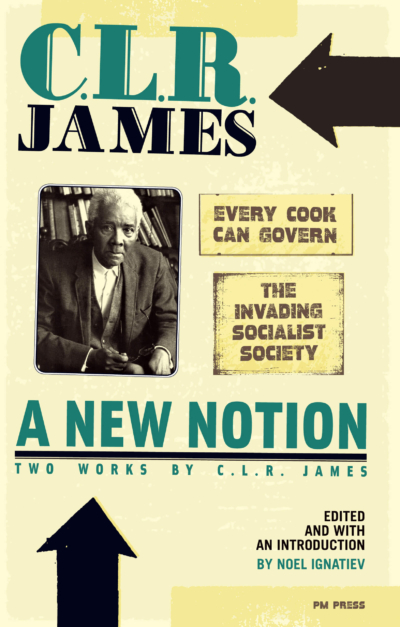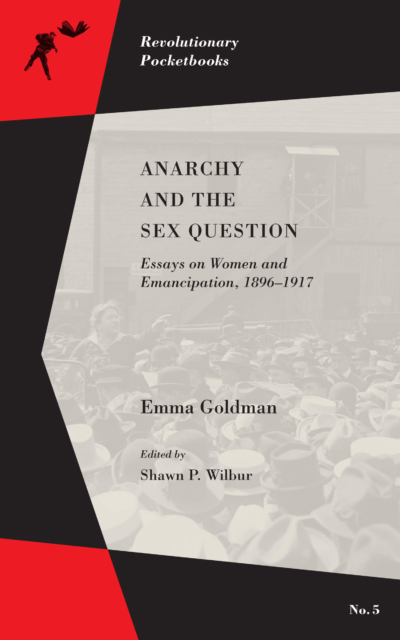Camera Forward! is the first of the MayDay Rooms Pamphlet Series, which brings together reproductions of documents from radical history while offering a space for extended engagement and critical reflections on their contemporary relevance. Each pamphlet will contain newly created content – including essays, poems, and illustrations – set alongside reproductions of materials to which they are responding.
Camera Forward! arose from an open call for submission and centres on histories of activist film and photography in the 1970s. It features material from the Film and Photography League, The Worker Photographer, Cinema Action, Terry Dennett and Four Corners, with contributions from Lotte L.S, Johanna Klingler, Freya Field-Donovan and Jack Booth.
Details:
Title: Camera Forward!
Series: MayDay Rooms Pamphlet Series
Series #: 01
Format: Paperback
ISBN: 9781838485108
Page count: 184
Published: July 2021
Editor: MayDay Rooms Collective
Contributors: Lotte L.S, Johanna Klingler, Freya Field-Donovan and Jack Booth [archived material featured: Film and Photography League, The Worker Photographer, Cinema Action, Terry Dennett and Four Corners]
Distributed: PM Press UK
Printed in: UK
From the introduction:
For centuries the pamphlet has been the medium of choice for agitators, poets, ranters and revolutionaries. Wherever people have needed to spread ideas cheaply, quickly, and outside of the official press, they have made their own short-form publications. Most often pamphlets are produced for the moment: dissenting ephemera to be quickly consumed, and then passed on or cast away. Today, as frictionless pixels glide across scrolling backlit screens, the fluttering of paper leaves might seem leaden. Yet the pace of contemporary media is determined not only by its immense speed of production and its cacophony of voices, but also the speed with which things are trashed, or disappear, as the crowd of each moment falls quickly into the silence of high-tech historical forgetting.
Returning to the pamphlet is a gesture of defiance. Our archival work returns so often to the pamphlets of past struggles. Returning to the pamphlet means salvaging the materials by preserving them in a world that would otherwise hide them from view; keeping hold of documents that were never supposed to last; and reading them outside of their time. but here we are returning pamphlets in order to make something new: writing and making once again in this tradition, against an official press. If once that official press was the newspaper and the book, today it is the monstrous monopoly platforms that guarantee that everyone can speak but nobody can be heard; media that reduce thinking and action to instantaneous opinion, always ready to be washed away by the steady flow of the next day’s news. We hope that these pamphlets offer an alternative historical time: bringing moments of the past into the present, and making some critical space in opposition to capitalism’s pointless and unceasing dynamic of creation and destruction.
The MayDay Rooms Pamphlet Series brings together reproductions of documents from radical history while offering a space for extended engagement and critical reflections on their contemporary relevance. Each pamphlet will contain newly created content – including essays, poems, and illustrations – set alongside reproductions of materials to which they are responding.
The first two pamphlets in this series arose from an open call for submissions. These have been grouped thematically: the first centres on histories of activist film and photography in the 1907s; the second on the material production and design of printed radical ephemera. Both interrogate the histories of social movements that have disappeared from view, as they were defeated, left by the wayside, or pushed underground. In unearthing this important material, and once again presenting it to the public, we hope to fashion a perspective that allows new social movements to find courage and inspiration in the struggles of those who have come before them.

